Watches and Ski Season
Winter is in full throttle. The first snow has fallen. For many of us, that means a mid-season getaway is right around the corner. There’s no better way to embrace the cold months than with a ski trip to the nearest mountain. You know to pack your goggles, boots, and jacket, but what about your watch? Timepieces were practically born in the Alps. Does that mean your watch is fit for the slopes? Here, we’ll tackle everything you need to know about skiing with your watch or setting it aside for a cocoa break at the lodge.
Water Resistance
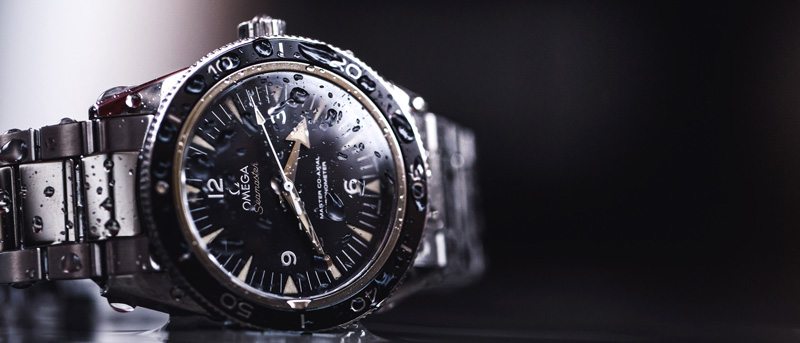
No, activities in the snow aren’t quite the same as a totally submerged scuba dive. However, snow is in fact water. Therefore, the moisture-factor is something to consider when deciding if you’re going to ski with your watch. A good rule of thumb is that your watch should have at least 100 meters or water resistance if you’re going to wear it in the snow. For this reason, dive watches can be a great option for skiing. If your model can withstand a scuba dive in the summer, you’ll know it’s protected against moisture in the snow.
Shock Resistance
Like water resistance, shock is another factor to consider when determining if you want to take a timepiece skiing. Between high speeds, altitude changes, and occasional wipe outs, your watch is likely to endure some pressure on the slopes. A foolproof option is a quartz watch. Quartz models, aptly regulated by a quartz crystal, have fewer mechanical components than, you guessed it, mechanical watches. This makes them inherently more impervious to shock. This doesn’t mean you have to rule out mechanical watches on the slopes. Just make sure your particular model has good shock resistance. We’ll discuss some examples later on.
Temperature and Climate
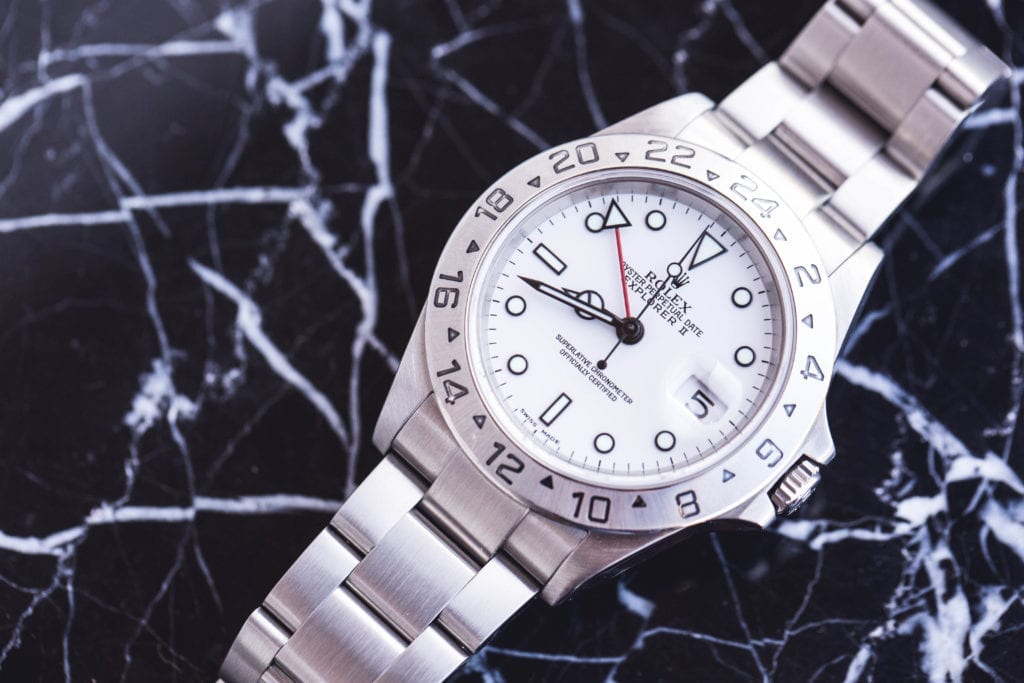
Probably the most obvious factor to consider while skiing is the changes in temperature and climate. You layer yourself with long underwear and insulated jackets and pants. It’s understandable to wonder if your watch will stand up. When deciding on an appropriate watch for the slopes, it must be able to handle low temperatures and temperature fluctuations. Here, both mechanical and quartz watches are equally susceptible. A mechanical movement is primarily made of metal parts, which expand and contract with changes in temperature. On the other hand, low temperatures can also negatively impact quartz batteries. For mechanical watches, we suggest checking out your manufacture’s website. It should have a standard range of temperatures under which their watches safely operate. Today, quartz battery technology has come a long way. You’re likely fine to take your quartz watch skiing. However, if you want to play it safe, leave it in the cabin for later.
Competitive Edge: Complications for Skiers
Now, we’re getting to the fun part. Chronographs can make great companions for skiers who want to time their runs. When it comes to the features we’ve discussed so far, chronographs tend to be durable models. Still, you should certainly confirm your chronograph’s water resistance, shock resistance, and temperature standards before taking it to the slopes.
Beyond Functionality: Best Design Features for the Slopes
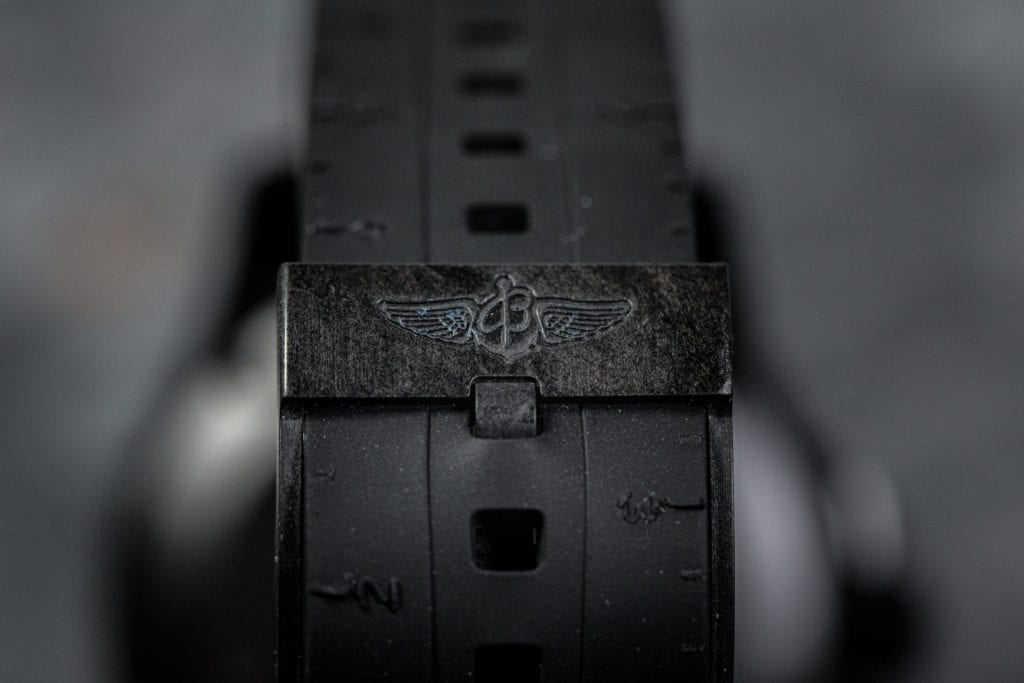
So far, we’ve looked at technical features you should consider when determining if you’re going to ski with your watch. These are by and large the most important factors. They impact your watch’s functionality, and if you’re not careful, your watch could need costly repairs. In addition, there are design elements you might want to take into account when choosing the best model for skiing. A winter white watch might look picturesque in the snow-covered landscape. However, watches with darker dials are actually better to counter the glare of the sun and snow. Therefore, it’s easier to read a darker dial whether you’re using your chronograph or simply checking the time. Another design element that comes into play is your watch’s strap. Moisture can damage leather bands, and metal bracelets can become uncomfortable in the cold. With that in mind, a rubber strap is a durable option that makes an excellent choice for the slopes. A fabric or NATO strap would be another good alternative.
Best Watches for Skiing – Our Picks
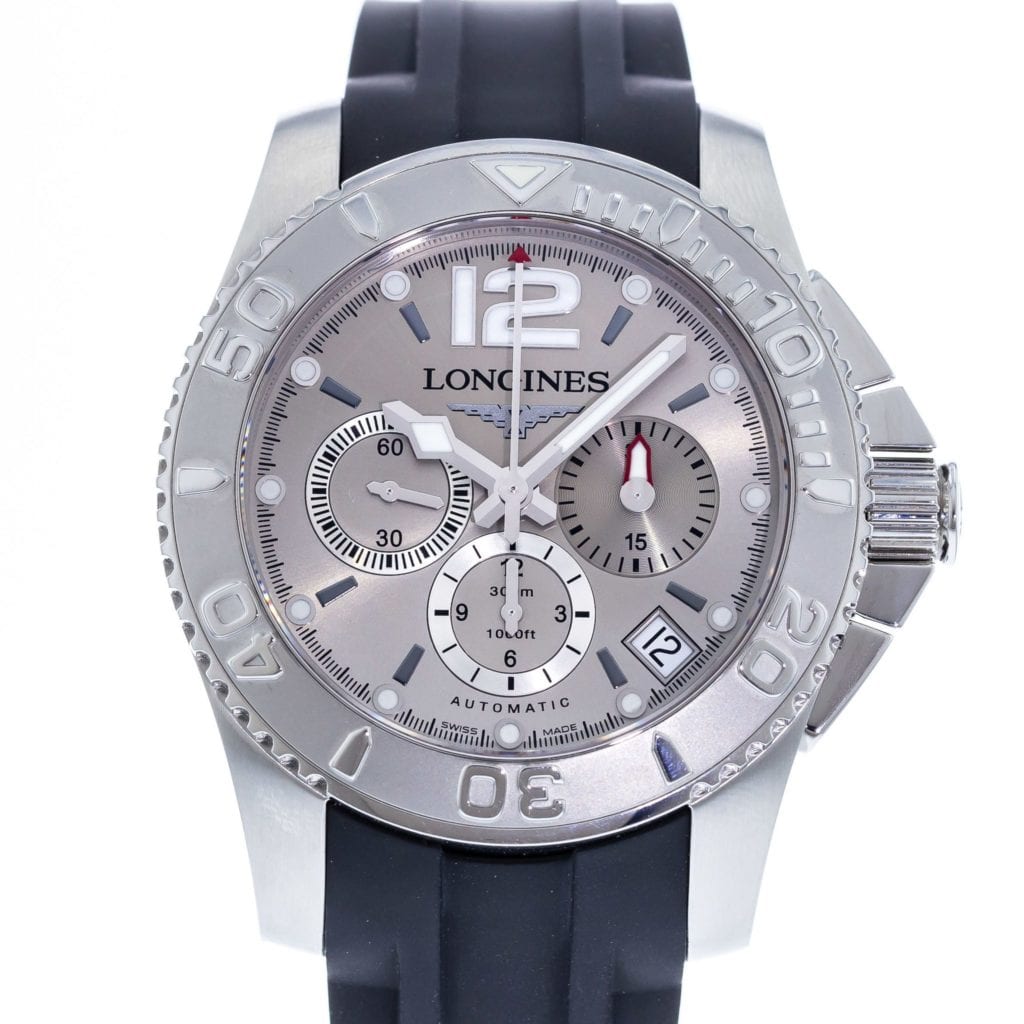
If you still need a bit more guidance on the best watch to take on your winter ski trip, we’ve compiled a few examples. The Longines Hydroconquest Chronograph pretty much has it all. This dive watch offers 300 meters of water resistance, a chronograph complication, rubber strap, and multiple layers of antireflective coating. The Rolex Explorer and Explorer II are also time-tested models. If this watch can survive an assent to the peak of Mount Everest, it can survive your annual ski trip. As the official timekeeper of the Winter Olympic Games, OMEGA is another brand who certainly knows how to make a timepiece for the slopes. The Speedmaster is another great option offering water resistance, shock resistance, and a chronograph complication. Last but not least, the Patek Philippe Aquanaut is a model that looks equally good on and off the slopes. It offers all the necessary functionality along with a dark dial and contrasting, brightly colored rubber strap.
Get More Articles Like This in Your Inbox
We're constantly creating great content like this. So, why not get it delivered directly to your inbox? By subscribing you agree to our Privacy Policy but you can unsubscribe at any time.





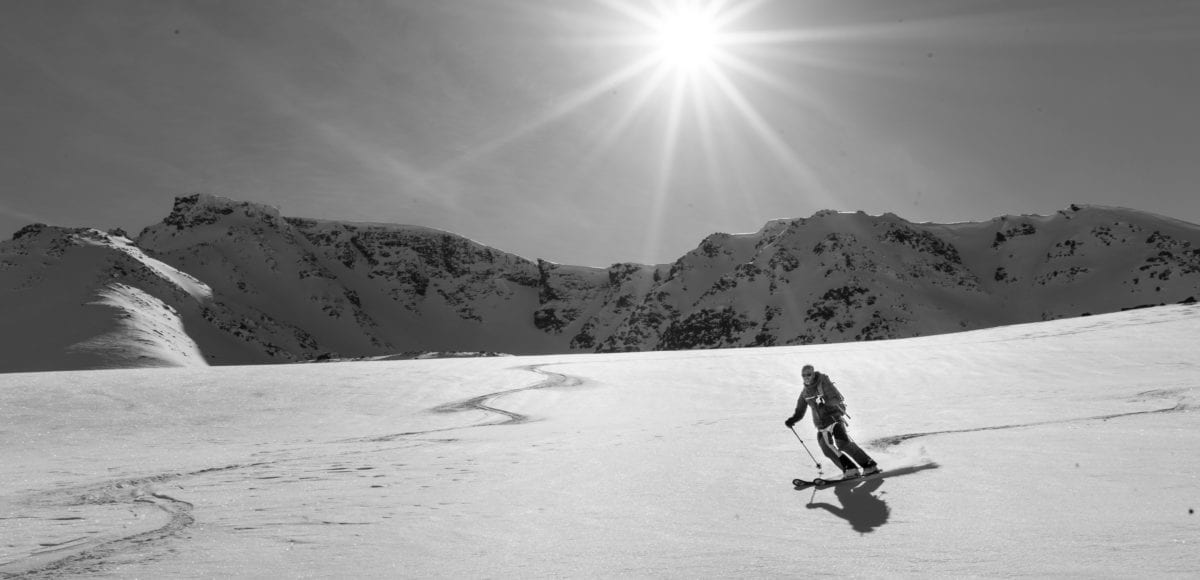

Peter | February 9, 2020
|
I wore my Tudor Pelagos with the MT 5612 calibre. No problem. great visibility.